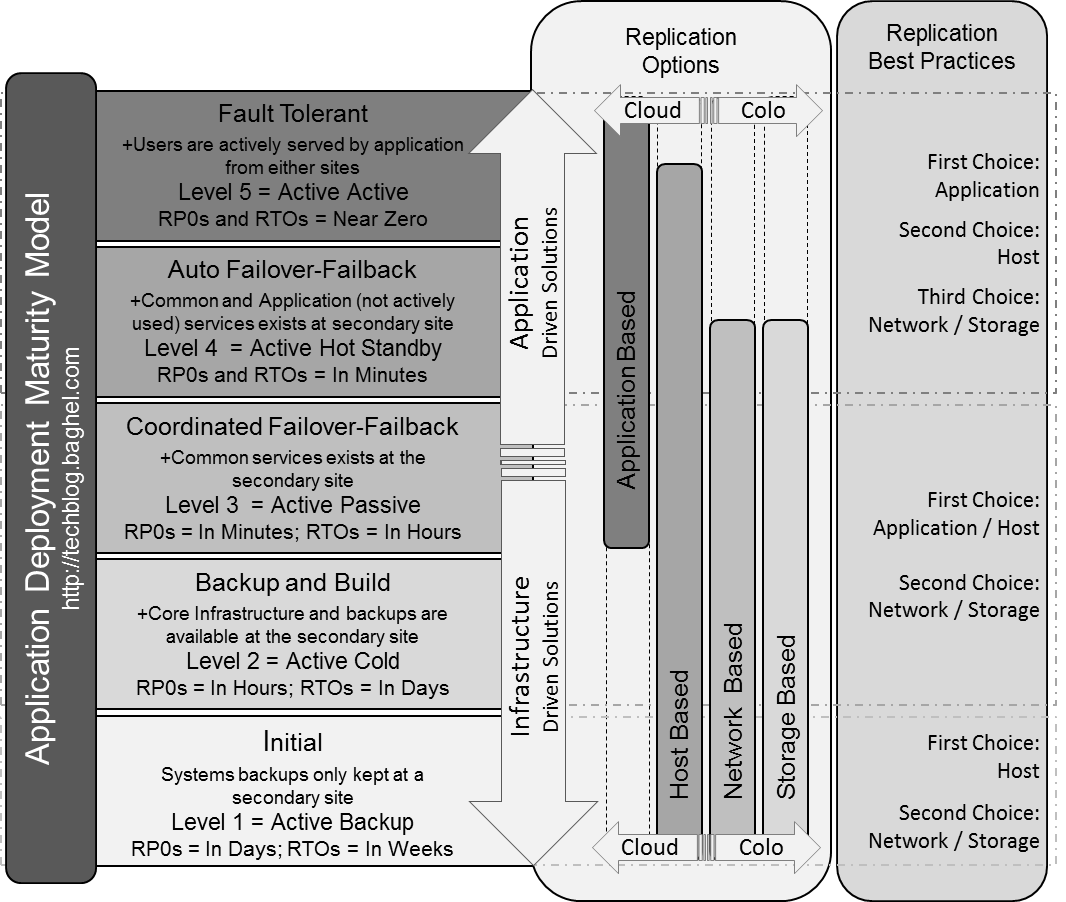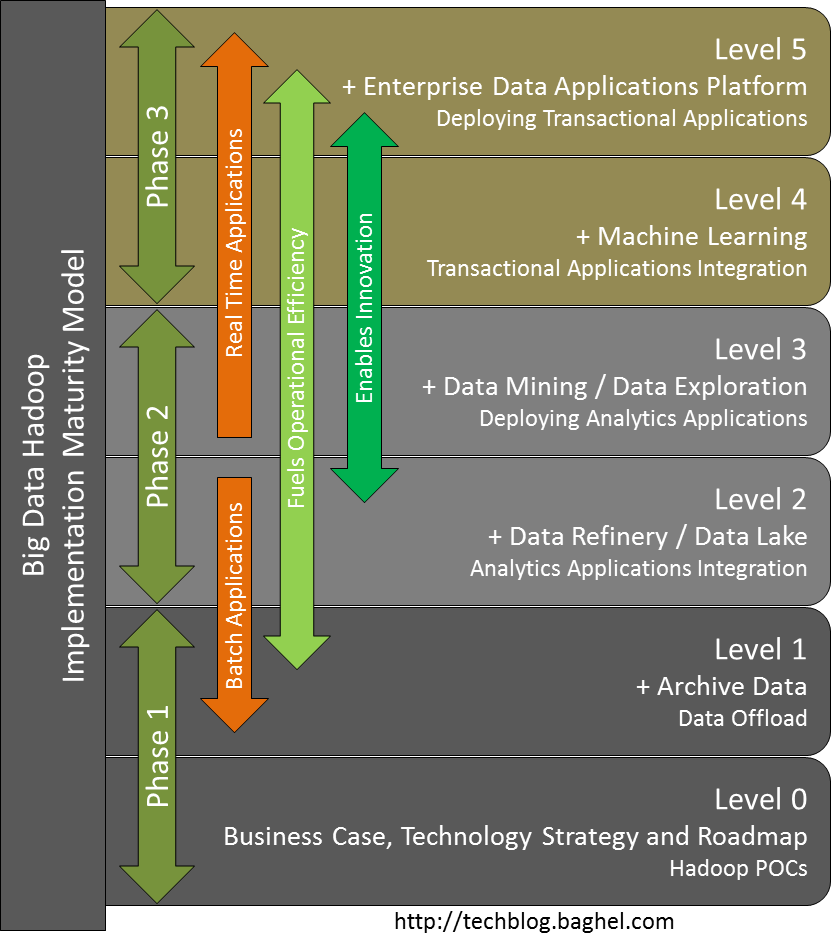The Application-2-Infrastructure Mapping for an application is the information about the network, compute and storage used for the application system deployment. Application-2-Infrastructure Mapping is mission critical for system deployment life cycle. In most organizations, the Application-2-Infrastructure information is not easily available and often it is tribal knowledge. There are tools in the market claims to auto-discover and create the mapping for you. The reality is that there is no tool in the market that can auto-discover and create Application-2-Infrastructure Mapping for an enterprise applications portfolio. The first iteration of creating Application-2-Infrastructure Mapping is manual in nature. The Mapping tools such as BMC ADDM and HP ADDM will auto-discover the infrastructure elements also known as application elements but application owner needs to define the mapping rules. The tools have a library of these rules for some of the popular applications technology stack that doesn't cover 100% of an enterprise application portfolio. The standard library often misses covering the custom implementations for a popular applications technology stack.
Sample Schema Elements for Application-2-Infrastructure Mapping:
Sample Schema Elements for Application-2-Infrastructure Mapping:
- application Name
- application Description
- application environment/landscape(s)
- application serviceUrl(s)
- serviceUrls DNS / GTM / GSLB / L7LB Configuration
- application VIPs / LTM / LSLB / L4LB Configuration
- application Network Information
- Internet / WAN
- Zones / vLANs / ServerGroups
- networkfirewallRules
- misc access and security controls
- web server(s)
- application server(s)
- database server(s)
- misc servers such as batch, messaging queue etc
- data replication methods and tools
- server(s) storage LUNs mappings
- server(s) NAS mappings
- server(s) technology stack
- server(s) Operating System Processes
- application dependencies - common/core services
- application dependencies - enterprise applications services
- application dependencies - external applications services
12/25: Technology Stack
The word Technology Stack means different things to different people due to their roles and responsibility. The context of Technology Stack also changes it's contents such as Application Technology Stack versus Server Technology Stack that hosts an Application Component(s). The Application Technology Stack serves the Strategy and Design needs while Server Technology Stack serves the Implementation and Engineering needs as a result the Application Technology Stack drives the Server Technology Stack.
The Technology Stack schema elements are given below:
Application Technology Stack may have multiple Server Platform and Operating System while Server Technology Stack will have only one Server Platform and associated Operating System. Application and Server Technology Stacks both can have multiple Middleware Platforms and Application Products.
The Technology Stack schema elements are given below:
- Server Platform such as x86, Mainframe, Mac, Solaris
- Operating System such as Windows, Linux, Solaris
- Middleware - Web, App and Database Platforms
- Application Products
- Commercial-Off-the-Shelf (COTS)
- Opensource-off-the-shelf (OOTS)
- Hardware and Software Appliances such as Google Search Appliance
Application Technology Stack may have multiple Server Platform and Operating System while Server Technology Stack will have only one Server Platform and associated Operating System. Application and Server Technology Stacks both can have multiple Middleware Platforms and Application Products.
12/25: Applications Metadata
The Applications Metadata is the information about an application that provides high level quick insight into the underlying business architecture, application architecture, system architecture and infrastructure architecture of the application. The Applications Metadata of an enterprise portfolio is a key foundation to develop IT strategy that includes cloud strategy, applications and infrastructures rationalization strategy, data center migration and consolidation strategy, technology refresh strategy, security strategy, and business continuity & disaster recovery strategy for the enterprise.
Sample Schema Elements for Applications Metadata:
Sample Schema Elements for Applications Metadata:
- Core Information
- applicationName
- description
- serviceUrls
- applicationType
- businessFunction
- businessCriticality
- userBase
- userType
- securityAndCompliance
- cloudReadiness
- roadMap
- knownIssues
- comments
- Target SLAs
- Site
- System
- Service
- Implementation Information
- implementationType
- technologyStack
- applicationArchitecture
- applicationDependencies
- System Maintenance
- blackoutPeriod
- maintenanceWindow
- maintenanceTypes
- Sizing Information
- userBaseSize
- transactionVolume
- transactionRate
- operatingSystemsInstances
- webAppServersInstances
- databaseServersInstances
- databaseSize
- filesystemSize
- Software / System Deployment Life Cycle (SDLC)
- type
- lifeCyclePath
- lifeCycleDuration
- testingType
- testingDuration
- state
- Backup and Disaster Recovery
- performanceObjective
- RPO
- RTO
- deploymentState
- Contacts
- business
- development
- testing
- productionSupport
Estimating Efforts for Applications Infrastructure Migration is an art and science. There is no simple answer and can't be estimated by just looking at the technologies involved. Technology is one of the important domain but not everything to create estimates for timelines and resources required to complete such a task. The domains that has direct and indirect relationship for estimating efforts for Applications Infrastructure Migration are given below:
- ITO Service Model
- Applications Meta Data
- Transformation Complexity
- Organization
- IT Maturity Level
- System Deployment Life Cycle
- Structure
- Culture
- Miscellaneous Constraints
Category: Best Practices
Posted by: bagheljas
Disclaimer
The views expressed in the blog are those of the author and do not represent necessarily the official policy or position of any other agency, organization, employer, or company. Assumptions made in the study are not reflective of the stand of any entity other than the author. Since we are critically-thinking human beings, these views are always subject to change, revision, and rethinking without notice. While reasonable efforts have been made to obtain accurate information, the author makes no warranty, expressed or implied, as to its accuracy.
The views expressed in the blog are those of the author and do not represent necessarily the official policy or position of any other agency, organization, employer, or company. Assumptions made in the study are not reflective of the stand of any entity other than the author. Since we are critically-thinking human beings, these views are always subject to change, revision, and rethinking without notice. While reasonable efforts have been made to obtain accurate information, the author makes no warranty, expressed or implied, as to its accuracy.


